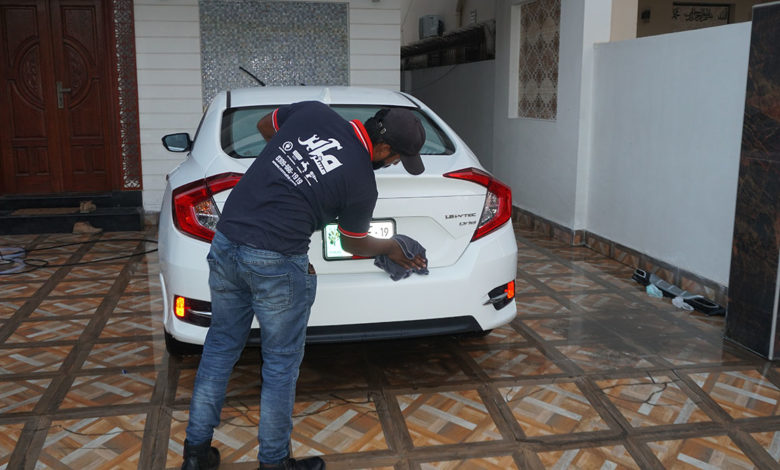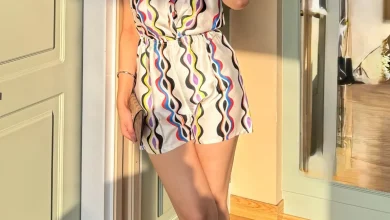Why is it Important to Book Car Detailing Services?

Further, taking good care of your car prevents excess wear and tear and retains its value.
So, you should keep your car in top condition by booking a professional. How? You can find a skilled and expert cleaner online by putting the keywords “car detailing near me” in your search engine. In this article, you will learn why booking car detailing services is important.
Importance of Booking a Professional Car Detailing
Car detailing has many benefits beyond providing a clean fresh car. For instance:
1. Preserves Your Car’s Resale Value
Regular car detailing contributes to keeping the paint of your car in better condition and making the seats, as well as upholstery, look neat and clean.
Further, car detailing helps maintain your car’s original shape due to which your car always looks new. Also, keeping your car in top condition preserves its resale value.
So, if you want to preserve the value of your car book a car detailing service on regular basis.
2. Improves Overall Appearance
Detailing your car removes all the dust and dirt even from deep corners and gaps which are not possible to clean during ordinary washing. When all the particles are removed from your car it automatically looks better and cleaner.
In this way, the dust also can not fade the colour of your car’s upholstery and it will stay clean and fresh for a longer time. Also, it improves the inner environment of the car.
Further, you will feel confident when your friends and family will sit in your car. You should book the best car detailing in Lahore online to improve your car’s overall appearance.
3. Extends Lifespan of Your Car
When there are no dust particles that can damage the natural paint of your car it will stay for a longer time keeping your car’s original look intact. The same principle applies to the engine of your car because if it is neat and clean, it can run optimally.
When your engine is in its ideal condition then your car will have a longer life span. The engine also can not work properly because dust particles create friction and inhibit its performance.
On the other hand, if you do not clean your car on regular basis, it will start rusting. The rusting will ultimately break the metallic parts of your car.
4. Improves Your Car’s Performance
Car detailing is not just about cleaning the interior and exterior of your car but also involves the extensive dusting of your car’s engine. Removing all the dust and dirt from your engine allows your car to run smoothly and effectively.
Professional car detailing services provide you with expert workers who have the necessary equipment for cleaning your engine properly. They remove all the dust from the depth and the engine of your vehicle will be saved from further damage.
5. Preserves the Upholstery
Dust particles affect the quality and texture of the seats’ covers of your car making them dull and fade. They also diminish the strength of fibres of the upholstery due to which they become prone to early wear and tear.
When these fibres start breaking, the seats do not look decent and affect the overall beauty of your car.
6. Removes Stains
The interior and exterior of your car look beautiful when all the components have their natural textures and colours. Any kind of stains and marks whether they are on seats, dashboard, carpeting, or leather spoils their original touch and charm.
Stains also weaken the fibres of the upholstery and make them break down before the expected time. And when it comes to the exterior of your car the stains not only affects the actual shade but also destroy the original paint of your car. Which will cause your stress and cost you a big amount.
Therefore, if you want to preserve your car’s original look without having to spend a hefty amount, book reliable car detailing services in Lahore.
7. Eliminates Odors
When you have the habit of eating in your car, the food particles fell in the gaps and corners of your car. If these particles are left unchecked for a long time begin to deteriorate and produce unpleasant odours.
Everybody whether he is your friend or family member will avoid sitting in your car. That is really embarrassing. To avoid such unpleasant situations, you should book professional car detailing services immediately.
This situation could be avoided if you keep your car’s interior neat by keeping a car detailing routine. You can clean your car on your own if you have the relevant skills and equipment. Otherwise, booking a professional car detailing service is the better option to solve your issue.



